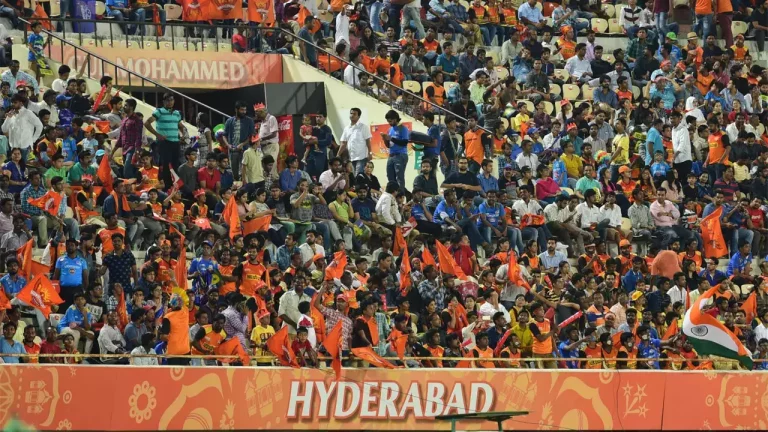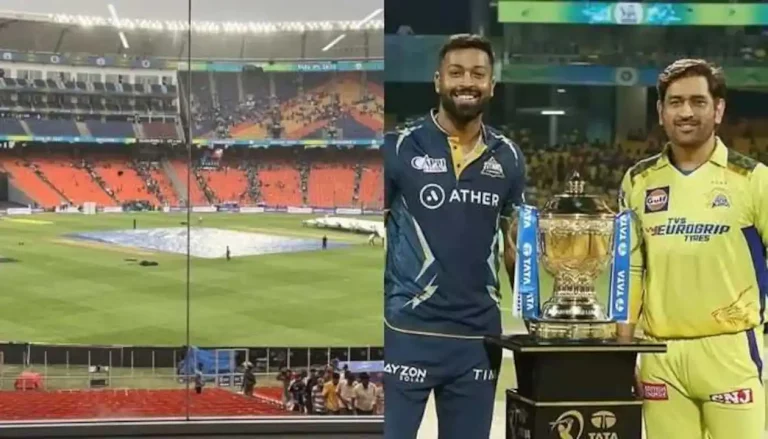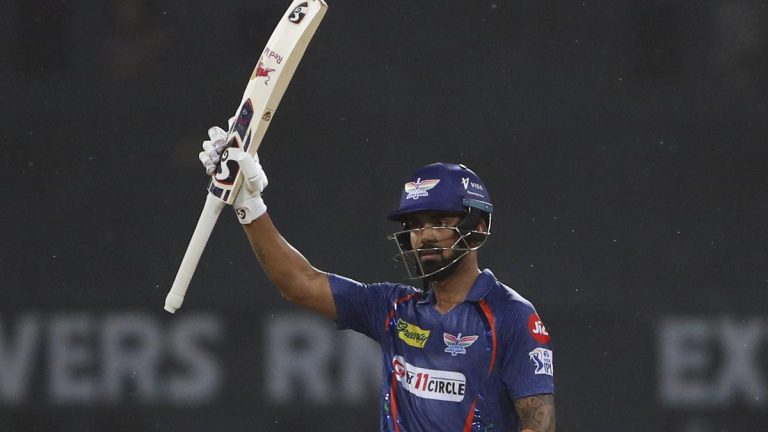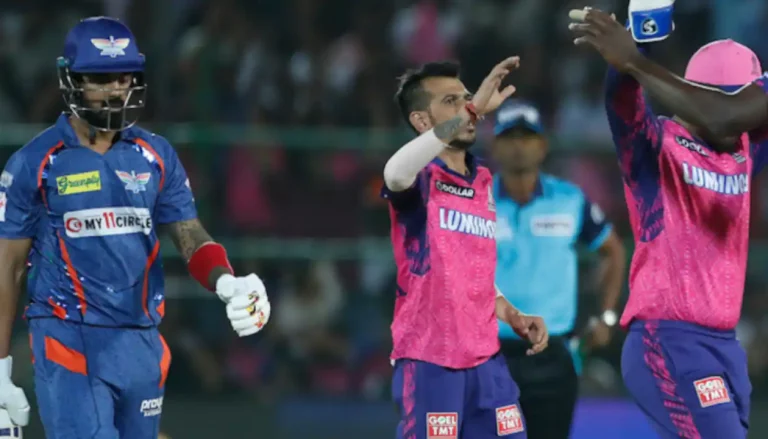South Africa’s Hitting Flyhalves Have Strange Situations
Get ready, No. 10, you’ll be batting in the top six. It’s a rare opportunity in cricket as even those assigned with the nightwatch role are unlikely to bat higher than the tenth position.
However, this story goes beyond cricket and delves into rugby union, where flyhalves, the players wearing the No. 10 jersey, seem to have a knack for being excellent batters in cricket.
200% Spribe Aviator Welcome Bonus
200% Spribe Aviator Welcome Bonus
- Fastest Indian Rupees Withdrawals
- Win 1000x Bet Amount!
- 450% Bonus up to ₹1,000,000
This trend is particularly prominent among South African male players.
From Ali Bacher and Peter Kirsten to Daryll Cullinan, Herschelle Gibbs, AB de Villiers, Stiaan van Zyl, Aiden Markram, Keegan Petersen, Sarel Erwee, and Tony de Zorzi, all were flyhalves in school and beyond. And that’s just a few names on the list.
“Most of the players you’ve mentioned are flamboyant, freewheeling batters, and flyhalves are playmakers,” Petersen explained to Cricbuzz, linking the dots between the two roles.
“Rugby was part of my family, in my blood. Playing flyhalf came naturally.”
Some of the notable rugby flyhalves who also excelled in cricket included Kirsten, Cullinan, and Gibbs.
Also Read:
How to Calculate Projected Score in Cricket
Cricket Match Prediction Formula
Although they were exceptional rugby players and could have gone far in that game, circumstances led them to cricket.
Kirsten’s career was shortened by an injury, while Cullinan had to choose between cricket and rugby as their fixtures clashed.
Meanwhile, Gibbs had to choose between the two sports due to the rise of professionalism.
Others such as De Villiers, Van Zyl, Markram, Erwee, and De Zorzi did not face the same dilemma.
The question of them playing cricket and rugby at a high level after high school never arose.
Not all specialist batters were flyhalves, as Kepler Wessels and Graeme Smith were fullbacks, and Gary Kirsten and Temba Bavuma were scrumhalves.
Faf du Plessis was a flyhalf in primary school but a center in high school.
On the other hand, not all flyhalves became specialist batters as Shaun Pollock played flyhalf and Anrich Nortje fullback and flyhalf.
Allrounders were present in the backline shop with Eddie Barlow as a center, and Adrian Kuiper and Jacques Kallis as fullbacks.
Not all wicketkeeper-batters played rugby seriously, as exemplified by Kyle Verreynne and Ryan Rickelton.
Some schoolboy rugby players didn’t become renowned cricketers, as some injuries and circumstances put them off rugby.
For instance, Schalk Burger’s injuries made him accept a contract from Boland’s cricket academy as a top-order batter.
Only to return to rugby and play 86 matches for the Springboks as a loose forward.
The crossover between batters and flyhalves was easier to explain before the professional era, where cricket and rugby schedules weren’t as crowded as now.
Flyhalves are often the best all-round athletes in a rugby team, and their skills transfer well in batting, where there is a clarity of thought and action.
According to Paddy Upton, a sports scientist and mental and executive coach, the skills that would support success in both positions are having a knack for broad, external focus, the ability to immediately process all the information internally, make sense of it, and execute with precision.
This ability is particularly crucial as the person who effectively has the limelight on them at that moment.
Other cricket-playing countries such as New Zealand also had examples of rugby and cricket crossover.
However, unlike South Africa, rugby did not enjoy the same profile in New Zealand.
One example is Tony Harris, a Kimberley-born schoolboy prodigy, who played five Tests as a flyhalf for the Springboks in 1937 and 1938.
He also featured in the first of his three cricket Tests, where he batted at No. 6 in all five of his innings in June 1947.
Harris was one of ten debutants at Trent Bridge, where he scored 60 and shared a stand of 55 with Dudley Nourse.
At 1.68 metres tall, Harris would probably be considered too slight for the game of behemoths that rugby has become.
Nevertheless, he was a fighter pilot during World War II, where he spent seven days in the ocean in a dinghy encircled by sharks until he was taken prisoner for the remaining months of the war.
Not all flyhalves come with tales of glory attached.
Claim up to ₹15,000 Welcome Bonus Now
Claim up to ₹15,000 Welcome Bonus Now
- Easy Sign-Up and Deposits
- Win 1000x Bet Amount!
- Available in four different Indian languages
Some like Bacher, who captained South Africa’s Test cricket team and became one of the most influential administrators in the world, made a dangerous mistake when he refused to wear the colors blazer bestowed on the KES first XV because he deemed the rugby team average.
Bacher’s choice of dress made Rustenburg think.






